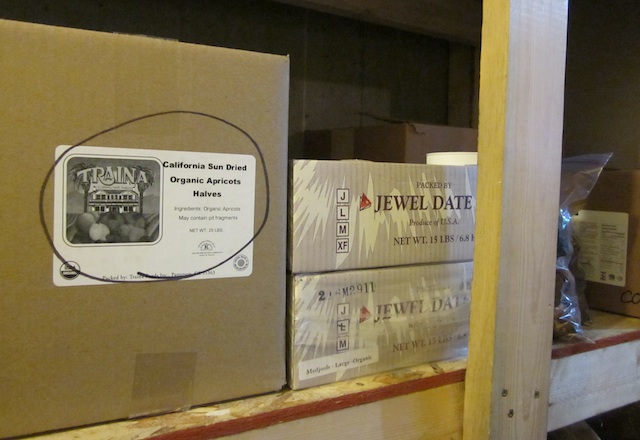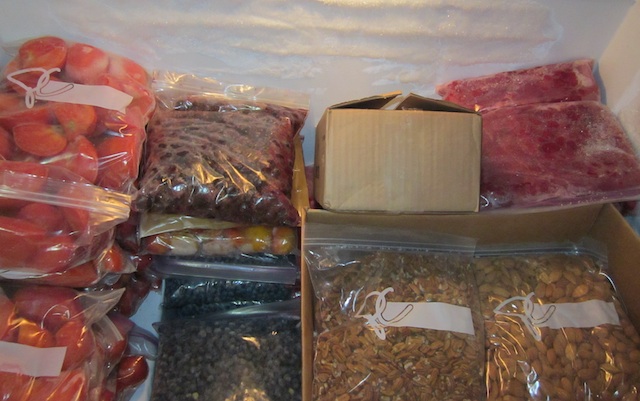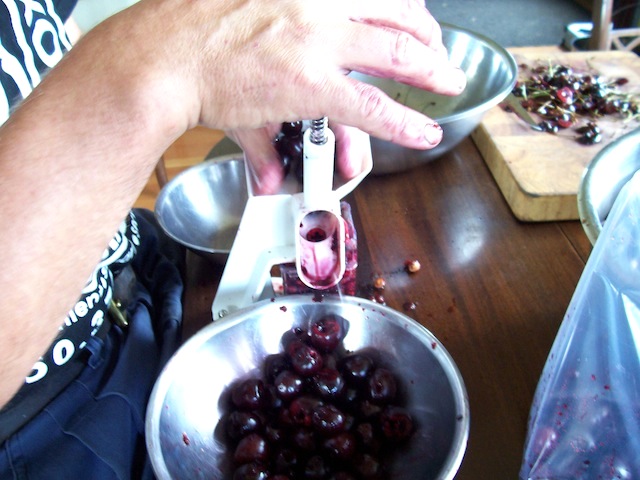
Come for a walk with me at the Kamloops Farmer's Market. I like going on Wednesdays because I can go to the library while picking up wonderful local food. Here is the booth for Silver Springs Organic.
There are two Kamloops Farmer’s Markets. One market is on Wednesdays and another market is on Saturdays:
Wednesdays
Time: 8:00am to 2:00pm
When: Wednesdays between May 2 to October 31, 2012
Where: 400 block Victoria St, Kamloops, BC
Saturdays
Time: 8:00am to 12:00noon
When: Saturdays between April 21 to October 27, 2012
Where: 200 block of St Paul St, Kamloops, BC
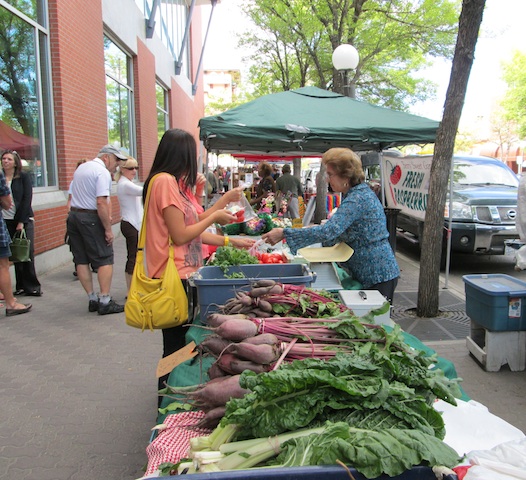
I don't know everyone at the market yet. Over the years I have met more and more farmers. I don't know why, but I feel more connected when I know where my food comes from.
My favorite farmer’s market is on Wednesdays because it fits into my working schedule. I can go to the library and stock up on my weekly vegetables at the same time. I like doing as many chores as I can for each trip down the hill. This saves me time and money.
The Kamloops Farmer’s Market has really changed my buying patterns. I used to buy everything from the grocery store but the quality and freshness of the market food changed all that. The market got me thinking about local food and about eating seasonally. The market even started me growing my own food. I don’t know how that happened but it did. I love the bustle of the market and all the people gathering around for the great food. It’s like a weekly block party!
If you have never been to the Kamloops Farmer’s Market come down and enjoy the fun!
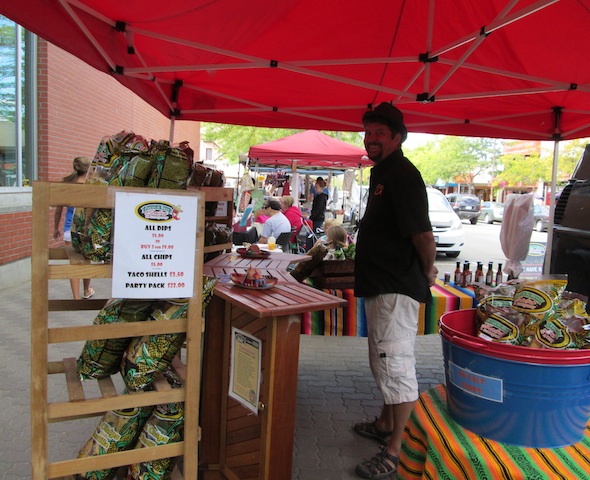
This is the booth for Fresh is Best Salsa Company. They are a homegrown Kamloops business. They make a whole line of ready to eat salsa, sauces and snacks: www.freshisbest.ca.
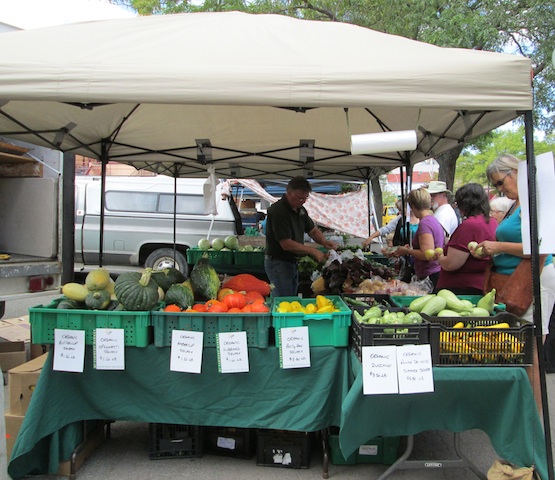
This is the Thistle Farm's booth. Dieter Dudy was within 500 votes of becoming our new major. Thistle Farm has an organic produce delivery box for people that can't make it to the market: www.thistlefarm.com.
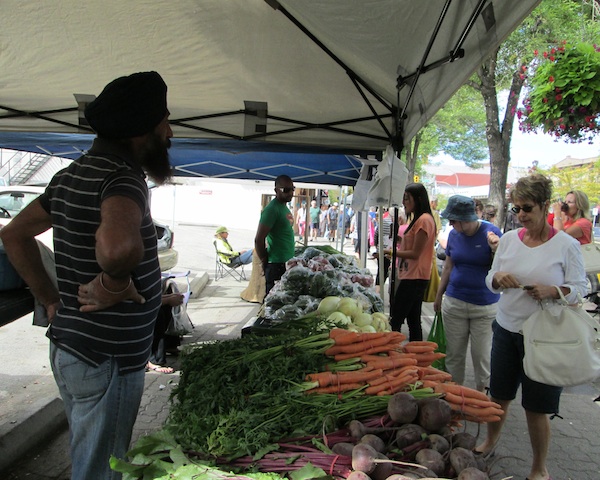
Here are some beautiful beets, carrots and onions. It's wonderful to see so many happy faces at the market. One thing I have learned at the market is to enjoy the seasonal bounty.
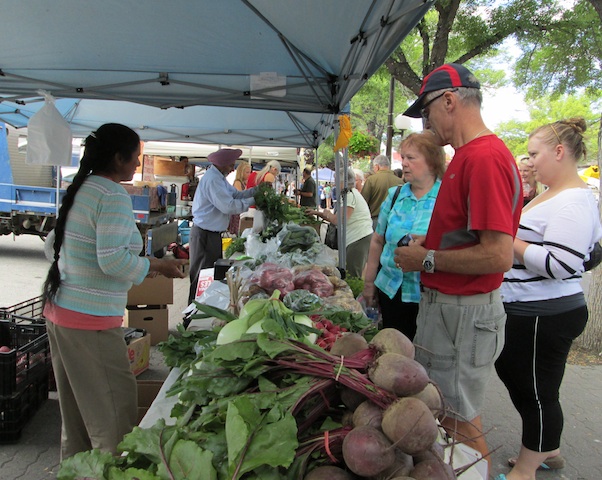
After I started eating produce in season, I couldn't go back. There is nothing better than new potatoes, just out of the ground. Waiting for the first hot pepper, carrot, tomato or strawberry of the year becomes part of the pleasure of real food.
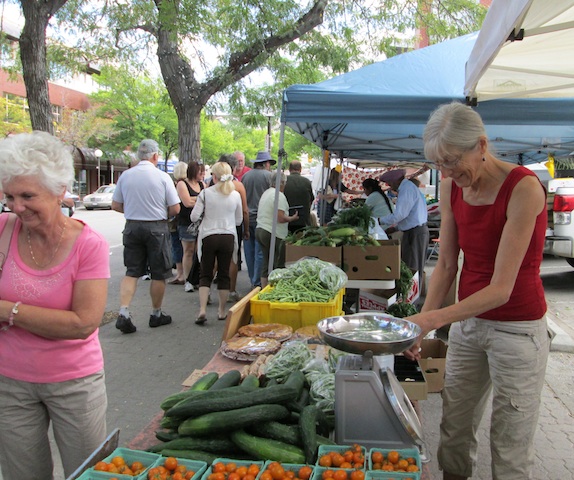
Here is Anne Grube working at the booth for Golden Ears Farm. She has just received a community works award from the Council of Canadians. Look at those tomatoes, cucumbers and beans. Golden Ears Farm has a fruit stand near Chase, BC: www.goldenearsfarm.org.

Here is the Kamloops Area Preservation Association giving a Caesar's thumb-down to the Ajax Mine. The market is a great place to find out what's on people's minds: www.stopajaxmine.ca.


